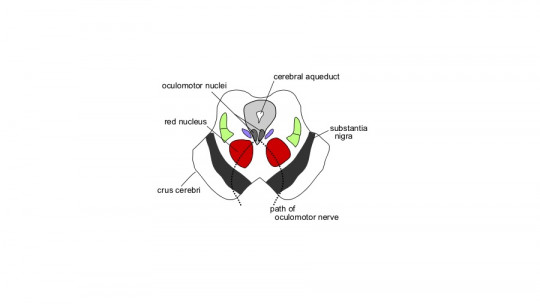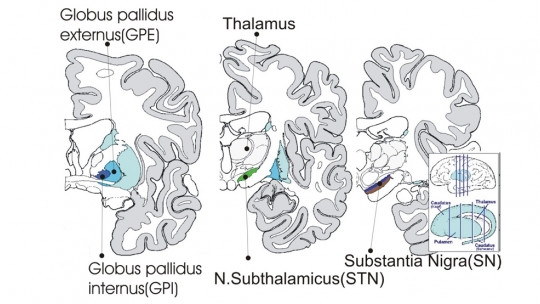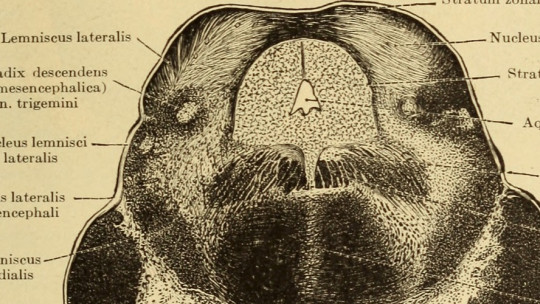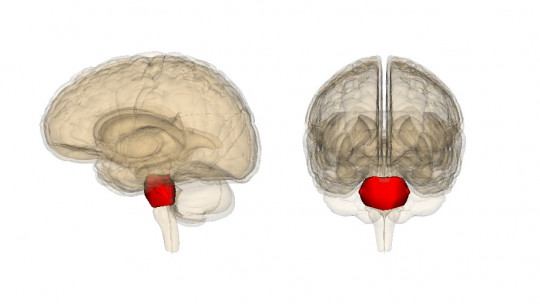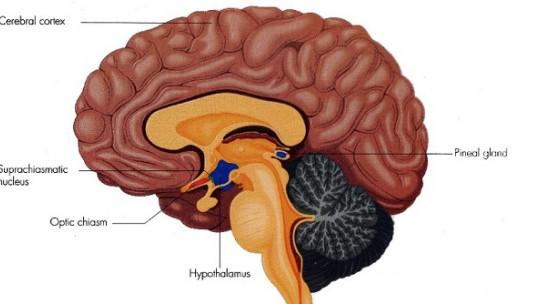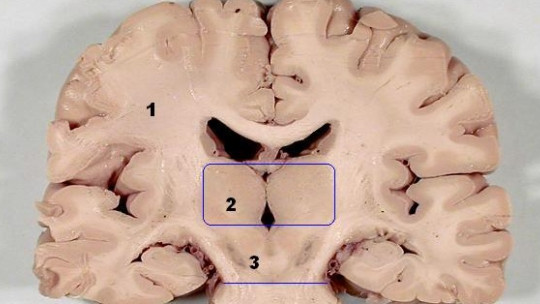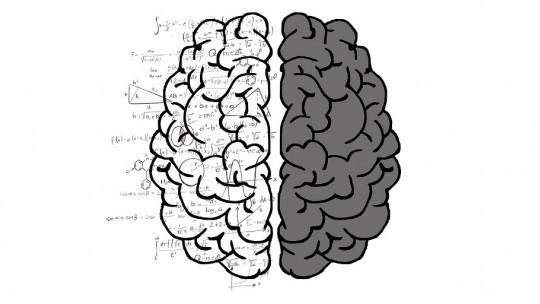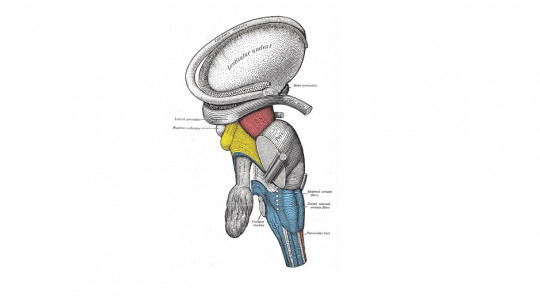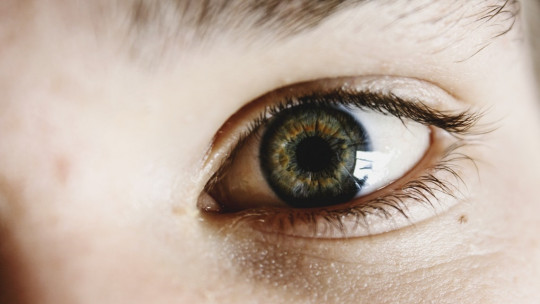The red nucleus is a very specific structure of the brain related to movement, very prominent, and formed by a large group of nerve cells.
Although some of the functions it performs are known, it is a structure that is still partially unknown, and is still being investigated today. In this article we will learn about the best-known functions, their characteristics and the effects they cause in the event of an injury.
What is the red nucleus of the brain?
This nucleus is part of the tegmentum. The tegmentum, for its part, is located in another larger area, the midbrain And the midbrain, in turn, is part of the brainstem or brainstem.
Tegmentum
The tegmentum is a brain area located in the brain stem made up of 5 structures, including the red nucleus.
Specifically, it is made up of: the periaqueductal gray matter (related to defense behavior and pain inhibition), the ventral tegmental area (related to reinforcement), the red nucleus (related to movement), the Substantia Nigra (related to also with movement) and the cerebral peduncles (which coordinate eye movements with the head and neck).
At the same time, The red nucleus is divided into two zones: the paleorubrum and the neorubrum It has two portions, a lower magnocellular portion and an upper parvocellular portion.
Functions of this part of the brain
The red core intervenes in the control of muscle tone, and inhibits the muscle contraction responsible for tone In addition, it participates in the control of motor skills of the distal muscles of the arm and the proximal muscles of the legs. On the other hand, it participates in the motor coordination of the shoulder and upper arm.
Another function of the red nucleus is that it participates in babies’ crawling, when they learn to do so. Besides, It is responsible for the swinging movement of the arms when we walk Even certain hand movements are also partially controlled by the red nucleus.
On the other hand, the red nucleus acts as a relay center for cerebellar and striatal reflex pathways and has an important role in cortical extrapyramidal pathways.
in animals
It is known that in animals that do not have a major corticospinal tract (involved in the control of voluntary movements), the red nucleus intervenes in their way of walking. In addition, it is believed that some animals other than humans use this brain structure more. This is due to In humans the corticospinal tract is more dominant
Characteristics and anatomy
The color of the red nucleus is a pinkish color that can be seen in fresh brain samples. Furthermore, as we have seen, it is made up of a large group of cells (a kind of mass).
This mass of cells is located in the mesencephalic tegmentum area of the midbrain , which extends from the substantia nigra (related to dopamine synthesis) to the cerebral aqueduct (containing cerebrospinal fluid). More specifically, it is located dorsal to the substantia nigra. Within it is a rubrospinal tract, which crosses the nucleus itself through axons.
However, even if we know some things, much of the functioning of the red nucleus in humans is unknown.
Related structures
There is another structure related to movement and the red nucleus, the rubrospinal tract (fibers that originate in the red nucleus). This is more specialized in the movement of large muscles (such as the arms), unlike the red nucleus, which has more control over the hands.
Fine psychomotor skills (fine control of the fingers), for its part, depend on another related structure, the corticospinal tract, related to specific and voluntary movements. The axons of the red nucleus (the majority) do not project to the spinal cord, but they do transmit information to the cerebellum this coming from the motor cortex.
Injury and disorders linked to it
What happens if the red nucleus of the brain is injured? Muscle hypertonicity (increased muscle tone) could appear, causing body rigidity.
A lesion in the tegmentum may also include the red nucleus; In these cases, motor skills are altered. Some symptoms that may appear are involuntary tremors especially in the hands and arms.
Motor disorders
Damage to the brain areas responsible for controlling, coordinating and managing movements (in addition to the red nucleus), entails a series of major motor disorders However, the causes that cause this type of disorders are very varied and can go beyond what was initially mentioned.
There are two types of motor disorders: pyramidal disorders (which involve paralysis) and extrapyramidal disorders (which involve difficulties or alterations in the efficiency of movement). On a psychological level, the latter are those that have more to do with the field of neuropsychology.
Extrapyramidal disorders
In extrapyramidal disorders there is interference in the execution of movements and reflexes This can translate into a loss in the fluidity and effectiveness of motor activities.
In turn, extrapyramidal disorders can be of three types:
These disorders They are related to damage to some areas of the brain, such as the basal ganglia They are also closely related to dopamine (deficiencies of this substance) in the neostriatum, and to lesions in the subthalamic nucleus.

